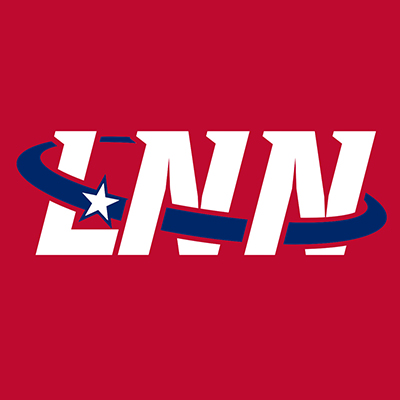PALALA, BONG COUNTY – Across the peaceful, verdant plains of Palala in Bong County, cattle graze alongside goats and pigs under the careful supervision of SANKOFA Farms’ staff. For Dunbar, the founder and director, the farm is more than a personal vision—it’s a committed mission to restore animal husbandry as a key driver of Liberia’s agricultural and economic resurgence.
“We’re ignoring animal husbandry,” she says, standing beside pens housing both native and imported breeds. “Liberians consume meat every day, yet we rarely ask where it’s coming from—or realize how much of it we could be raising ourselves.”
A Meat-Loving Nation Dependent on Imports
Despite high meat consumption in Liberia, most of the supply—including beef, pork, and poultry—is brought in from abroad. According to the Food and Agriculture Organization (FAO), over 75% of the meat consumed in the country is imported, much of it being substandard poultry and expired products from the U.S., Brazil, and Europe [FAO, 2021]. This heavy import burden has triggered public health concerns and strained the economy, despite Liberia having vast tracts of fertile land ideal for livestock farming.
A 2020 study by the Liberia Institute of Statistics and Geo-Information Services (LISGIS) revealed that only 3.5% of the nation’s farmers are engaged in livestock, and most operate at a subsistence level, with limited access to veterinary care and commercial markets [[LISGIS Agriculture Survey, 2020]].
Confronting the Barriers
Dunbar decided to integrate livestock into SANKOFA’s model after identifying glaring gaps. “We imported sheep and cattle from Mali and other West African countries,” she explains. “But we had to scale down due to animal theft, poor security, and the high cost of upkeep.”
Feeding the animals is another major obstacle. The price of wheat bran—especially for pig feed—often fluctuates dramatically. “There are times when feed prices triple overnight,” Dunbar says. “At one point, we couldn’t find nutritious feed, and our pigs began showing signs of vitamin deficiency.”
The veterinary sector also lacks sufficient infrastructure. Dunbar’s farm depends on animal health specialists trained at the Songhai Center in Benin, which promotes organic, low-intervention approaches. “We don’t rely on excessive antibiotics or vaccines,” she says. “If animals are kept clean and well-fed, they generally stay healthy.”
Still, when medical care is needed, SANKOFA gets little help from the Ministry of Agriculture. “The government only supported us in vegetable farming,” Dunbar explains. “We had to choose one area for public support, so we’re funding our livestock operations entirely through private means.”
Finding Opportunity Amid Difficulty
Despite these constraints, SANKOFA Farms has quietly emerged as one of Liberia’s few functioning livestock production and training centers. “We’ve managed to supply some people with sheep and cattle,” Dunbar says. “But what we lack is scale. We’re not yet producing enough to affect national supply.”
She draws inspiration from northern Nigeria. “When someone says they’re a cattle farmer there, they usually mean 100 to 150 head of cattle,” she says. “Liberia needs to aim for that level of production.”
The regional picture supports her vision. The West African Livestock Innovation Center (WALIC) reports that livestock contributes 10–15% to agricultural GDP across West Africa and sustains over 200 million people [WALIC, 2022]. Liberia’s share remains negligible.
Yet the potential is vast. The country boasts more than 4.3 million hectares of land suitable for livestock and pasture, but less than 10% is being actively used for that purpose [[FAO, 2021]].
A Call for Bold Policy Change
To change course, Dunbar believes Liberia needs a stronger and more inclusive agricultural policy. “Agriculture can’t be treated like a handout,” she argues. “The government should create the right environment—reopen the Agricultural Bank, empower private investors, and make rural markets more accessible. We shouldn’t center everything around Monrovia.”
A National Livestock Policy drafted in 2019 proposes to raise local meat production by 30% by 2030, but implementation has stalled [[Liberia MoA, 2020]].
Dunbar believes her farm is a practical example of what’s achievable. “Our animals are raised with care, and our staff blends indigenous practices with scientific methods to keep them healthy,” she says. “But we can’t do this alone. Farmers everywhere need support.”
She imagines a Liberia where every county runs its own robust livestock program, producing safe and traceable meat, enhancing food security, and dramatically cutting back on imports. “A nation that can’t feed itself isn’t truly independent,” she concludes. “It’s that simple.”
Nyamah G. Dunbar’s journey stands as both a warning and a model. Without coordinated investment and targeted reforms, Liberia’s animal husbandry sector will remain stunted—exposing the nation to unsafe food imports and lost economic opportunities. But with vision, leadership, and real support, livestock production can evolve into a powerful engine of food security and national resilience.
Like this:
Like Loading…


